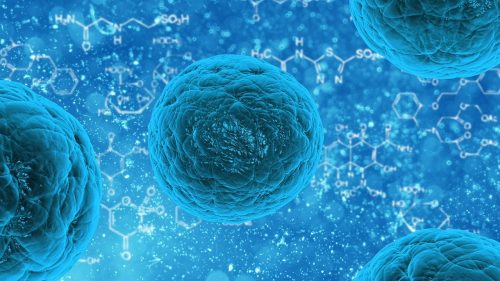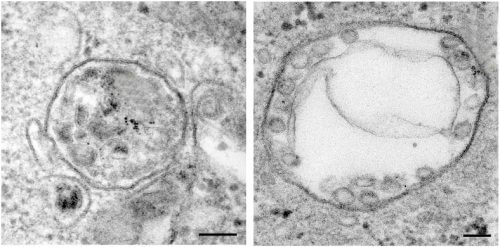The mechanism that protects cells from death sentence

A proper legal system must include mechanisms that prevent the conviction of the innocent. Even in the human body there are mechanisms that ensure that cells are not executed "for no wrongdoing", and Weizmann Institute of Science scientists have discovered a new mechanism that protects cells from an unjustified death sentence.
Prof. David and go and his colleagues in the Department of Biomolecular Sciences found that the molecular signal that causes cell death, called necroptosis, helps - at the same time - the cell to remove the evil of shearing. In this sense, Necroptosis reminds Prof. Velach of the Sanhedrin, the Jewish court from the Roman period: "According to the sources, the Sanhedrin invested efforts in order to prevent the death of innocents. For example, it was allowed to appeal the sentence five times - even if the defendant was born when the person sentenced to death was already on his way to execution."
and back to the cells. Necroptosis is a type of cell death that has only been studied in depth in the last decade. Before that, two main types of cell death were known: necrosis, during which the cell membrane is perforated, and apoptosis, cell suicide that leaves the cell membrane intact. At first it was thought that only apoptosis occurs in a planned and orderly way, but recently it became clear that necrosis can also be conducted in this way. The most studied version of planned necrosis was named "necroptosis". This type of cell death plays a vital role in defense against viruses, but it also occurs following strokes, heart attacks and Crohn's disease. Therefore, for the purpose of diagnosing and treating various diseases, it is extremely important to understand the control mechanisms of necroptosis.
According to the sources, the Sanhedrin invested efforts in order to prevent the death of innocents. For example, it was allowed to appeal the sentence five times - even if the defendant was born when the person sentenced to death was already on his way to execution."
The last link in the molecular chain that leads to necroptosis is the activation of a protein called MLKL. This protein pierces the cell membrane, and as a result, its contents spill out, igniting inflammation in the adjacent tissues. In the past, it was thought that the activation of this protein is the point of no return in the sentence of death imposed on the cell. hall, As recently reported in the scientific journal Immunity, the scientists of the institute found that the cell has the ability to cancel the sentence - even at this late stage. In their research, it was discovered that precisely when the death command reaches the last link in the chain, a mechanism that opposes this command is activated at the same time: many molecules of MLKL gather into tiny bubbles called exosomes, and are thrown out of the cell.

"In fact, MLKL is a 'hangman' who criticizes himself," says Prof. Welch, who conducted the study in collaboration with Dr. Seongmin Yoon, Dr. Andrew Kovalenko and Dr. Konstantin Bogdanov. "The MLKL death command entails two opposite reactions: on the one hand, it leads to the death of the cell, but on the other hand, it increases the cell's resistance to death. This is one of the mechanisms that make sure that the cells of the body are not executed without a justified reason. In fact, the cell dies only if the death command passes a certain threshold, and overcomes the resistance to the sentence."
In addition, the scientists discovered that, similar to many other proteins, the MLKL holds more than one "job" in the cell, and its involvement in cell death is only a "side job". Its main job involves the ongoing maintenance of the cell: it helps transport various molecules designed to break down or remove those tiny bubbles, known as exosomes, from the cell. Thus, when MLKL is activated to kill the cell, it uses its maintenance skills to form vesicles, which in this case direct itself out of the cell.
In the future, it may be possible to develop drugs that will stop the killing of cells by MLKL - without interfering with its maintenance operations in the cell. In addition, detecting the presence of large amounts of MLKL in the bubbles through blood tests may allow monitoring the processes of necroptosis in the body, or diagnose diseases characterized by this type of cell death.
#Science_Numbers
Every second, more than 1,000,000 cells die in the human body

One response
We were taught that it is desirable to develop drugs that will help encourage the suicide of aging cells, cells whose telomeres have shortened too much, damaged cells, or those that have been infected with viruses... This is a mechanism that helps the body stay young and healthy.
For example, one of the problems with a cancer cell is that it loses the ability to kill itself.